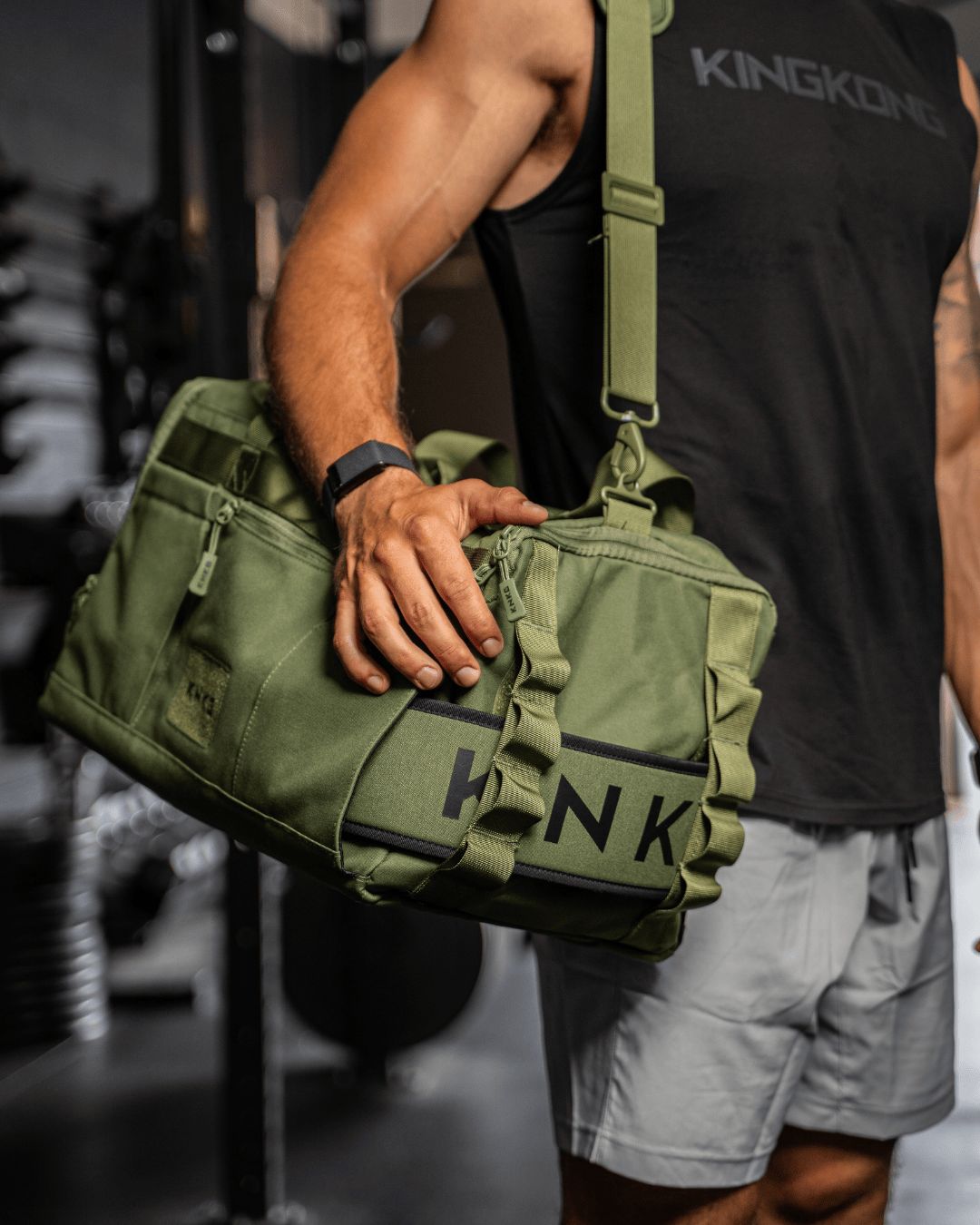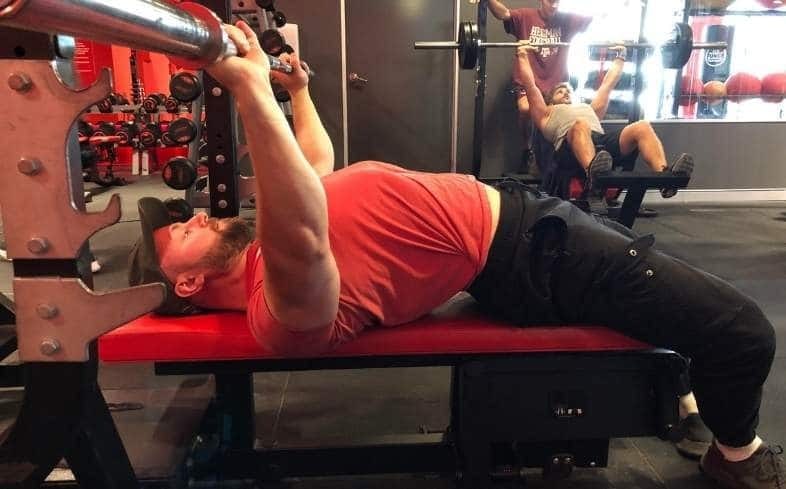Today we’re breaking down one category of movement you can do anywhere with just a pair of dumbbells. This is another short-format email, and we’ll follow it up later in the week. These bite-sized tips are based on your feedback, so let us know what you think.
Today’s topic: dumbbell lat training. Specifically, how powerlifters can use dumbbell rows and pullovers to build lats that actually support the big lifts.
You don’t need a full gym setup to train your lats effectively. With just a flat bench and some dumbbells, you can hit the muscles that help lock out your deadlifts, stabilize your bench press, and keep your posture rock solid under heavy squats.
The trick? Choose the right row variation for your goals. Seal rows, Pendlay rows, and incline rows all emphasize different angles and muscle recruitment. Pullovers isolate the lats while sparing your joints. Kroc rows let you load up and push volume. If you're dealing with lower back fatigue, chest-supported options like the incline or seal row are gold.
Dumbbell lat training isn’t just for aesthetics—it’s a smart way to target weak points, correct imbalances, and stay on track when you’re training at home or managing recovery.
Partner Message
We recently ranked the best gym bags for powerlifters, and we have one top choice for 2025. The KNKG Core Duffel. It’s durable and wide enough for a lifting belt and shoes (squat shoes and deadlift shoes).
If you’re looking for a deep dive, read the full review. It has multiple photos from a bunch of angles, including what it looked like when we put our powerlifting gear inside.
Short version: It’s big enough and tough enough for powerlifters. There’s also an external lifting belt attachment and an internal laptop sleeve.
Common Bench Mistake: Too Slow Lowering
The speed of the bar on the eccentric may change throughout your lifting career, but for good reason.
As a complete novice, you want to maintain a level of control as you learn to activate the right muscles, work on different cues and just learn to do the lift itself. However, as you become more proficient, it’s not actually in your best interest to take a very slow descent to your chest.
This is because you are wasting a lot of energy and spending too much time under tension and reducing the amount of strength you will be able to harness to actually press the weight.




